Table of content
White chrysanthemum, scientifically known as Gynura formosana, is a leafy green vegetable celebrated for its delicate flavor and impressive nutritional profile. Native to East Asia, this vibrant green plant is a staple in traditional cuisine, particularly in Taiwan, China, and Southeast Asia. Often referred to by names like “hon tsai tai” or “Taiwan white chrysanthemum,” it is prized for its tender leaves and crisp stems, which offer a mild, slightly bitter taste that pairs well with various ingredients. Beyond its culinary appeal, white chrysanthemum is revered for its health-promoting properties, making it a valuable addition to any diet. This article explores the myriad ways to prepare, cook, and savor white chrysanthemum, ensuring you unlock its full potential in your kitchen.
Nutritional Powerhouse: The Health Benefits of White Chrysanthemum
Before diving into cooking methods, it’s essential to understand why white chrysanthemum deserves a place on your plate. Rich in vitamins A, C, and K, this leafy green supports immune function, skin health, and blood clotting. It also contains minerals like iron, calcium, and potassium, which contribute to bone health, muscle function, and electrolyte balance.
What sets white chrysanthemum apart is its high antioxidant content, including flavonoids and polyphenols, which combat oxidative stress and reduce inflammation. Traditional medicine practices often use it to alleviate coughs, soothe sore throats, and detoxify the liver. Modern research suggests its potential to lower blood sugar levels and improve cardiovascular health, though further studies are needed.
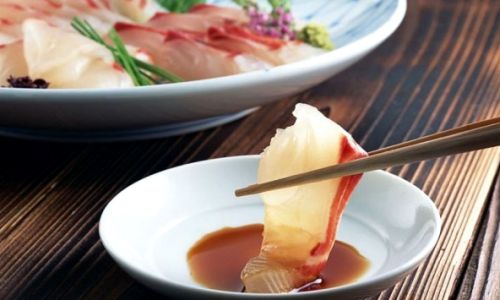
Selecting and Storing White Chrysanthemum
The key to a satisfying meal begins with choosing fresh, high-quality produce. When selecting white chrysanthemum, look for vibrant green leaves with no yellowing or wilting. The stems should be firm and crisp, avoiding those that appear limp or bruised. If possible, opt for organic varieties to minimize pesticide exposure.
Storage Tips:
- Refrigeration: Wrap the leaves in a damp paper towel and place them in a plastic bag. Store in the crisper drawer for up to five days.
- Blanching and Freezing: For longer storage, blanch the leaves in boiling water for 30 seconds, then transfer to an ice bath. Drain thoroughly, pat dry, and freeze in airtight containers for up to six months.
Preparation: Cleaning and Trimming
Proper preparation ensures the best texture and flavor. Start by rinsing the leaves under cold water to remove dirt or debris. Gently pat them dry with a salad spinner or clean towel. Trim the tough ends of the stems using a sharp knife, as older stems may be fibrous. Younger leaves and stems are tender enough to eat raw or cook briefly, while thicker stems benefit from light cooking.
Cooking Techniques: From Stir-Fries to Soups
White chrysanthemum’s versatility shines in various cooking methods. Its mild bitterness mellows when cooked, making it adaptable to diverse flavors. Here’s how to master different techniques:
Stir-Frying
Stir-frying is the most popular method, preserving the vegetable’s crisp texture. Heat a wok or skillet over high heat, add a neutral oil like peanut or vegetable oil, and toss in minced garlic or ginger. Add the white chrysanthemum and stir-fry for 2–3 minutes until wilted. Season with soy sauce, oyster sauce, or a splash of rice wine for depth. For a complete meal, add proteins like tofu, shrimp, or sliced pork.
Boiling or Blanching
Blanching softens the leaves and reduces bitterness. Bring a pot of salted water to a boil, add the leaves, and cook for 1–2 minutes. Drain and shock in ice water to retain color. Serve with a drizzle of sesame oil, toasted sesame seeds, or a sprinkle of sea salt. This method is ideal for salads or side dishes.
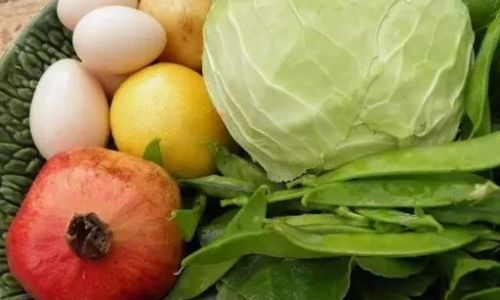
Steaming
Steaming preserves nutrients and enhances the vegetable’s natural flavor. Place the leaves in a steamer basket over boiling water and cook for 3–4 minutes. Serve with a garlic-infused soy sauce or a light vinaigrette.
Sautéing with Aromatics
Sauté white chrysanthemum with onions, mushrooms, or bell peppers for a hearty side dish. Heat oil in a pan, add sliced aromatics, and cook until softened. Add the leaves and sauté until tender. Finish with a squeeze of lemon or a pinch of red pepper flakes for zing.
Adding to Soups and Hot Pots
White chrysanthemum adds freshness to broths and hot pots. Add a handful of leaves to simmering soup during the last few minutes of cooking. In Taiwanese hot pot, it’s a beloved ingredient, offering a refreshing contrast to rich broths.
Raw in Salads
For a crisp, refreshing salad, toss young leaves with thinly sliced cucumbers, cherry tomatoes, and a tangy dressing. Pair with a citrus vinaigrette or miso-based dressing to balance bitterness.
Recipe Ideas: Elevating White Chrysanthemum
Stir-Fried White Chrysanthemum with Garlic
Ingredients:
- 200g white chrysanthemum
- 3 garlic cloves, minced
- 1 tbsp vegetable oil
- 1 tsp soy sauce
- 1/2 tsp sugar
- Salt and pepper to taste
Instructions:
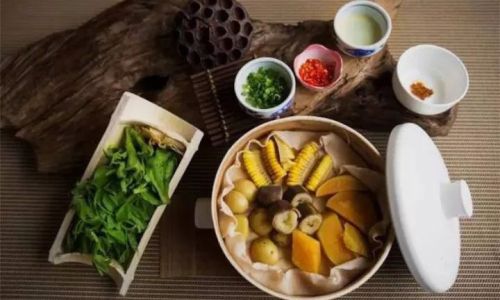
- Heat oil in a wok over medium heat. Add garlic and sauté until golden.
- Toss in the white chrysanthemum and stir-fry for 2 minutes.
- Stir in soy sauce, sugar, salt, and pepper. Cook for another minute and serve.
White Chrysanthemum and Egg Drop Soup
Ingredients:
- 4 cups chicken or vegetable broth
- 2 eggs, lightly beaten
- 1 cup white chrysanthemum leaves, chopped
- 1 tbsp cornstarch (optional)
- 1 tsp sesame oil
- Salt and white pepper to taste
Instructions:
- Bring broth to a simmer. Stir in cornstarch slurry if thickening is desired.
- Slowly pour in beaten eggs while stirring gently to create ribbons.
- Add the leaves and cook for 1–2 minutes until wilted.
- Drizzle with sesame oil, season, and serve.
White Chrysanthemum and Tofu Stir-Fry
Ingredients:
- 1 block firm tofu, cubed
- 150g white chrysanthemum
- 1 tbsp fermented black beans
- 1 tbsp ginger, minced
- 1 tbsp soy sauce
- 1 tsp chili paste (optional)
Instructions:
- Pan-fry tofu until golden. Set aside.
- Stir-fry ginger and black beans in oil until fragrant.
- Add the leaves and tofu, tossing gently.
- Stir in soy sauce and chili paste. Serve with steamed rice.
White Chrysanthemum and Mushroom Stir-Fry
Ingredients:
- 100g shiitake mushrooms, sliced
- 150g white chrysanthemum
- 2 tbsp oyster sauce
- 1 tbsp rice wine
- 1 tsp sugar
Instructions:

- Stir-fry mushrooms until tender.
- Add the leaves and stir-fry for 2 minutes.
- Stir in oyster sauce, rice wine, and sugar. Cook until glossy and serve.
White Chrysanthemum and Shrimp Stir-Fry
Ingredients:
- 200g shrimp, peeled
- 150g white chrysanthemum
- 1 tbsp Shaoxing wine
- 1 tbsp garlic, minced
- 1 tbsp fish sauce
Instructions:
- Stir-fry garlic until golden. Add shrimp and cook until pink.
- Toss in the leaves and stir-fry briefly.
- Deglaze with Shaoxing wine and fish sauce. Serve immediately.
Cultural Significance and Pairings
In Taiwanese cuisine, white chrysanthemum is a symbol of rejuvenation and is often served during Lunar New Year celebrations. It’s also a key ingredient in banh xeo, a Vietnamese sizzling pancake, and in Japanese ohitashi, where blanched greens are marinated in dashi broth. Pair it with complementary flavors like ginger, garlic, soy sauce, or sesame to enhance its natural taste.
Conclusion: Embracing White Chrysanthemum in Your Kitchen
White chrysanthemum is more than a vegetable—it’s a gateway to exploring Asian culinary traditions and boosting your health. Whether stir-fried, steamed, or added to soups, its adaptability and nutritional benefits make it a worthy addition to your repertoire. Experiment with recipes, balance its bitterness with aromatic ingredients, and savor the unique flavor it brings to your table. Bon appétit!

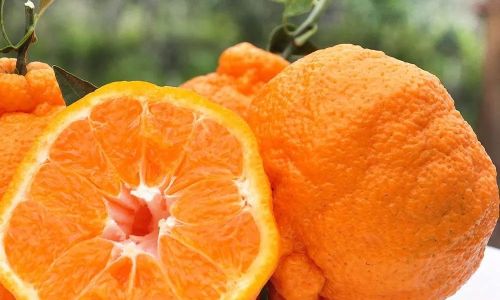
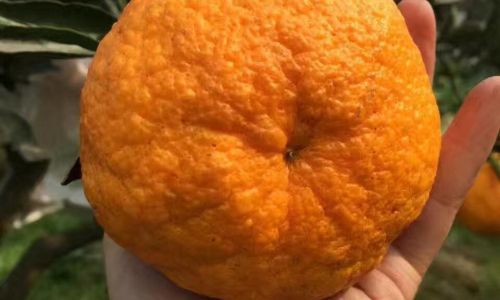
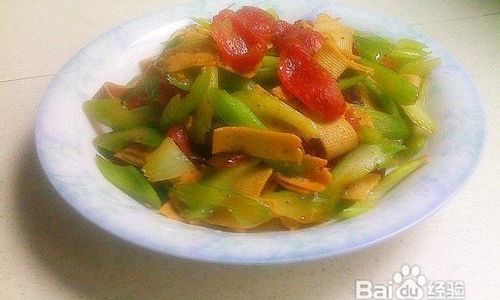
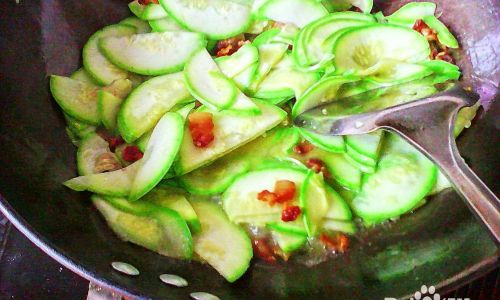
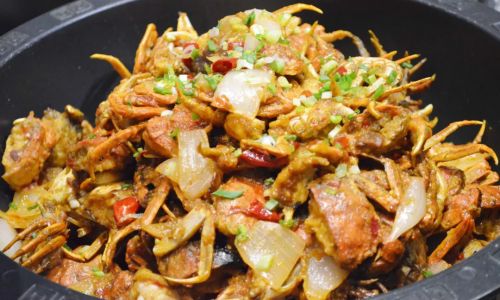
0 comments